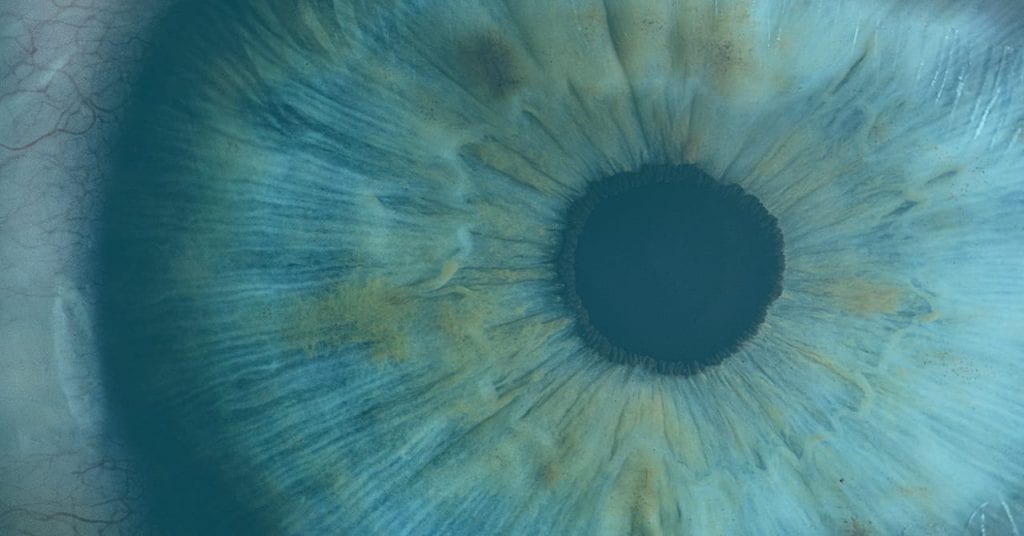-
Can you measure love with Facial Expression Analysis?

Facial Expression Analysis, as the name suggests, measures expressions expressed overtly on the face. It automates the process of measuring changes in the facial muscles. While a combination of facial expressions (like smiling with cheek raise) may hint at underlying emotions such as joy, emotions are more complex than what we show on our faces.…
-
Why are citations important in science?

Citing sources in research articles is a critical aspect of the scientific process and is essential in academic research. The importance of it is instilled in every student all over the world, and so are the dramatic consequences of not doing it – especially getting caught not doing it. So, why are citations important in…
-
Taking your lab on the road

In our blogs, we often write about the capabilities of the different platforms we offer in iMotions’ range of products – Be it our lab or online solutions. People familiar with iMotions’ product portfolio will also be familiar with the different strengths of each platform. Over the last couple of years, we have made it…
-
How to perform a qualitative research interview

In this article, we go through how to perform a qualitative research interview, what structure to choose, and what you need to consider when setting up the interview. Qualitative interviews are a valuable research method that can help researchers gain insight into the experiences, perspectives, and opinions of people in any given demographic. By asking…
-
Why build a Human Biometric and Behavior Lab?

Academic research has always been an evolving and ever-expanding fixture in the world’s universities, and to support and promote the research, the research facilities also have to evolve. A crucial part of that is to invest in and integrate new technological advances such as biometric technology on top of traditional behavioral data collection for next-level…
-
Pupillometry 101: What You Need to Know

Pupillometry is defined as a measure of pupil dilation, giving unique insights into how an individual views their environment. While it was originally thought (and often claimed in pop-science) that the pupil would only dilate in response to positive or attractive stimuli, psychologists have uncovered that both positively and negatively valenced information can bring about…
-
Top 5 Publications of 2022

For some years now, we have had a new year’s tradition of sharing the top 5 publications list of the previous year. At iMotions, we are proud to say that we form a team with our clients. We provide the software, and they share their research and findings with us so that we can promote…
-
The Future is Multimodal

We reached some fantastic milestones in 2022. We expanded our customer portfolio with many new exciting clients, including opening 155 academic labs this year. iMotions played a role in hundreds of peer-reviewed articles about human behavior research. We brought next-level webcam-based eye tracking to market. These, and so many other milestones are reasons for celebration.…
-
Comparing eye-tracking methods for human factors research

We are only human. This phrase encapsulates many ideas which we know intrinsically: that we as humans are not purely rational beings. That our attention and workload spans are limited. That we are prone to making mistakes and getting distracted. The field of human factors research focuses on this premise and seeks to understand the…


